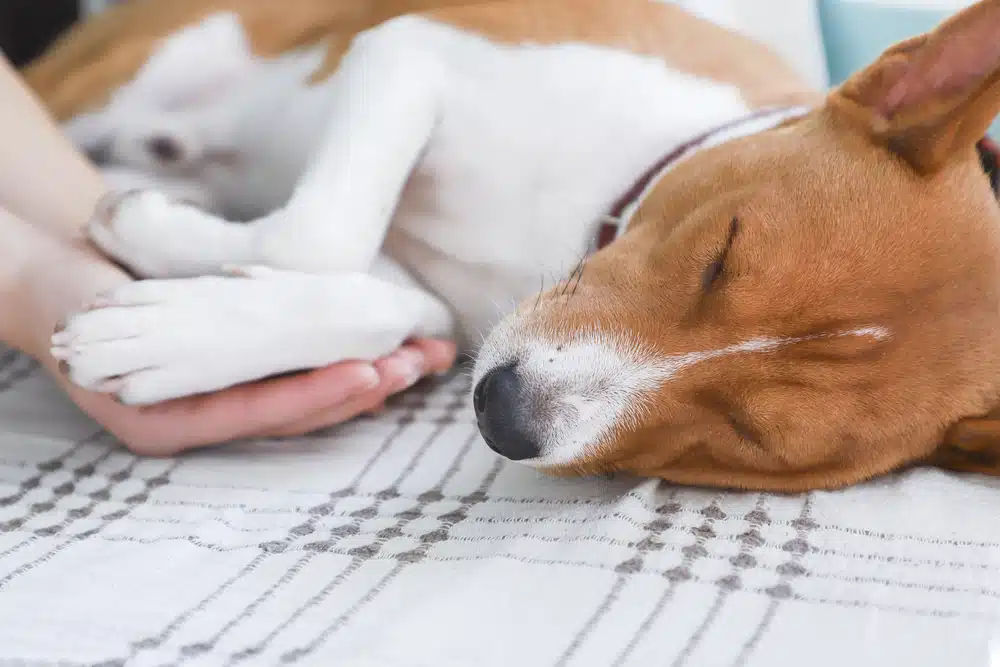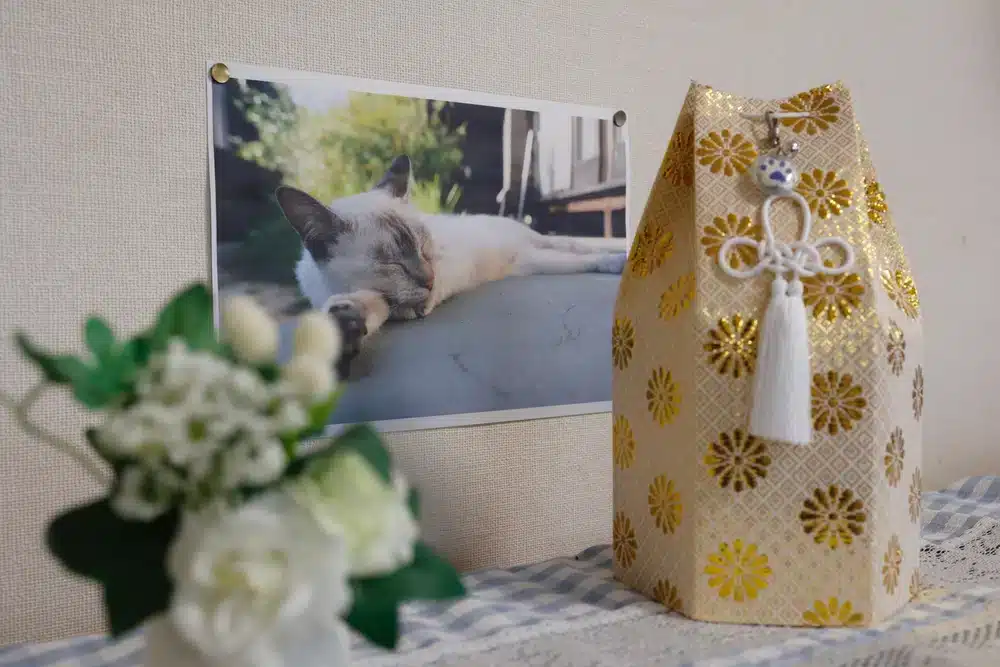At Love & Dignity In-Home Pet Euthanasia in Huntingdon Valley, PA, we deeply understand the profound connection between pets and their people. Making the decision to say goodbye is never easy—but knowing what to expect during the process can bring comfort, clarity, and peace. Our goal is to provide gentle, dignified care for both pets and the families who love them.
Understanding Your Pet’s End-of-Life Journey
Recognizing the Signs That the End Is Near
As pets near the end of their lives, their bodies begin to shut down in visible and sometimes distressing ways. You may see:
- Significant loss of appetite or refusal to eat or drink
- Difficulty standing, walking, or holding posture
- Labored breathing or respiratory distress
- Incontinence or an inability to rise after defecating
- Lethargy and unresponsiveness
- Withdrawal from family or surroundings
These changes are often signs that a pet’s quality of life has diminished beyond recovery. Learn more: Signs From Your Pet That Say “It’s Time” – Care Credit
Assessing Quality of Life
Veterinarians use tools like the Quality of Life Scale to help families evaluate when it’s time. These scales assess key indicators such as:
- Pain management
- Hydration and nutrition
- Mobility and hygiene
- Enjoyment and engagement
Helpful tools:
What Happens If You Wait for a “Natural” Death
Many people say, “I want him to pass peacefully in his sleep.” But unfortunately, natural death in pets is rarely peaceful.
Without euthanasia, most pets die from the secondary effects of their disease: dehydration, starvation, suffocation from heart or lung disease, seizures, internal bleeding, or organ failure. This decline can be prolonged, uncomfortable, and extremely distressing—for both the pet and their family.
Letting go too late can mean suffering. It’s important to understand what “enough” looks like for your pet’s specific condition, before they are already beyond that point.
What Euthanasia Really Is: A Gentle Medical Transition
The Medications We Use
Euthanasia is not a harsh or invasive procedure. It’s simply an overdose of anesthesia. Your pet is given a sedative first to help them relax fully—many drift off while being petted, or while licking a favorite treat. Once they are asleep, a second injection gently slows and then stops their heart.
- They become completely unconscious.
- They feel no pain or fear.
- They are not aware they are dying.
- Their breathing slows, then stops. Their heartbeat follows.
It’s as if they fall asleep and then go deeper and deeper, until they are gone.
Learn more: Facts About Euthanasia – Cornell University
What You May See—and Why It’s Normal
Even when the process goes perfectly, your pet’s body may react in ways that surprise you. These are normal physiological reflexes, not signs of pain or consciousness.
As their body relaxes, you may see:
- The bladder or bowels release
- A small amount of fluid from the nose or mouth, especially with heart or lung disease
- Twitching or muscle movement, caused by post-mortem nerve firing
- A final deep breath, sigh, or vocalization—even after death has occurred
These are natural parts of the dying process. Your pet is unconscious or already gone. These changes do not mean they are suffering.
Every Goodbye Is Unique
No two pets pass exactly the same way. Some drift off quickly after the sedative. Others may need a higher dose or more time to let the medication circulate, especially if they have poor circulation or advanced illness. This is completely normal. What doesn’t change is that your pet is fully asleep, unaware, and feeling no pain.
After Euthanasia: What Comes Next
Cremation or Burial Options
Your vet will help guide you through aftercare, which typically includes:
- Private cremation: Your pet is cremated individually, and their ashes are returned to you.
- Communal cremation: Your pet is cremated with others, and ashes are not returned.
- Home burial: In some areas, this may be permitted—your vet can advise based on local regulations.
Transporting Your Pet
Depending on your pet’s size and location, your vet may carry them away gently using:
- A blanket, basket, or stretcher
- A soft-sided casket or comfort wrap
You are welcome to provide your own blanket, toy, or note to stay with them. If you choose cremation, your vet will coordinate transport directly to the crematorium.
The Final Gift: Peace at Home
Saying goodbye at home allows your pet to pass in the most familiar, comforting space possible—on their own bed, with your voice in their ears, and their favorite blanket or treat nearby.
There are no unfamiliar smells or cold exam rooms. No stress. No anxious car ride home afterward.
Just peace, love, and the chance to say goodbye on your own terms.
Contact Love & Dignity In-Home Pet Euthanasia
If you’re preparing to say goodbye or need help deciding when it’s time, our team is here to support you with empathy, expertise, and compassion.


